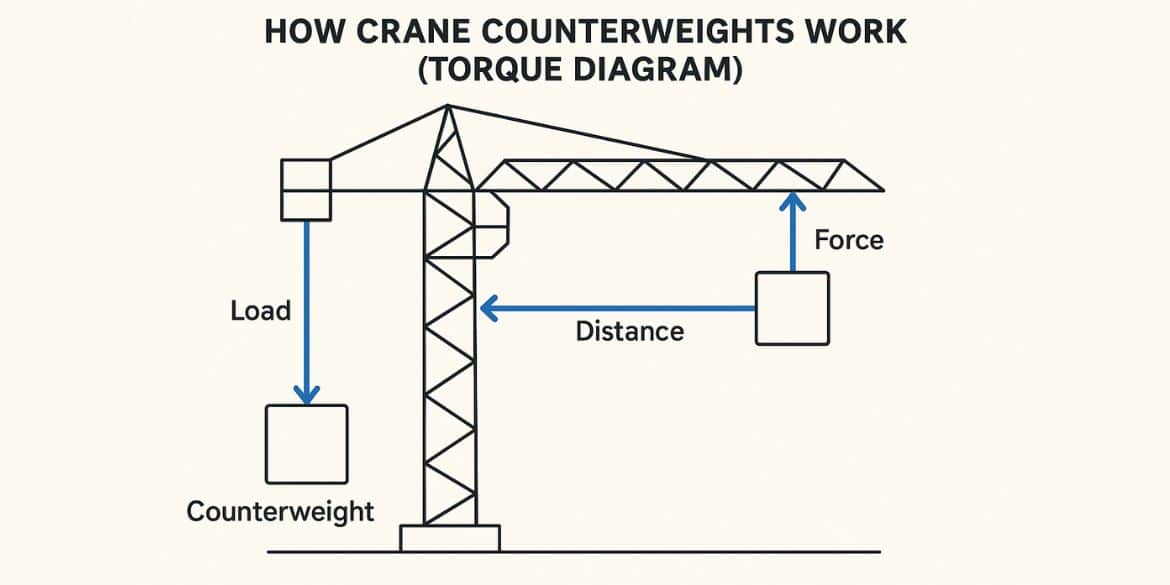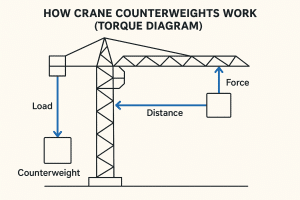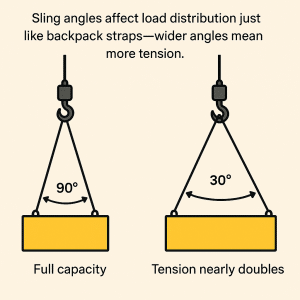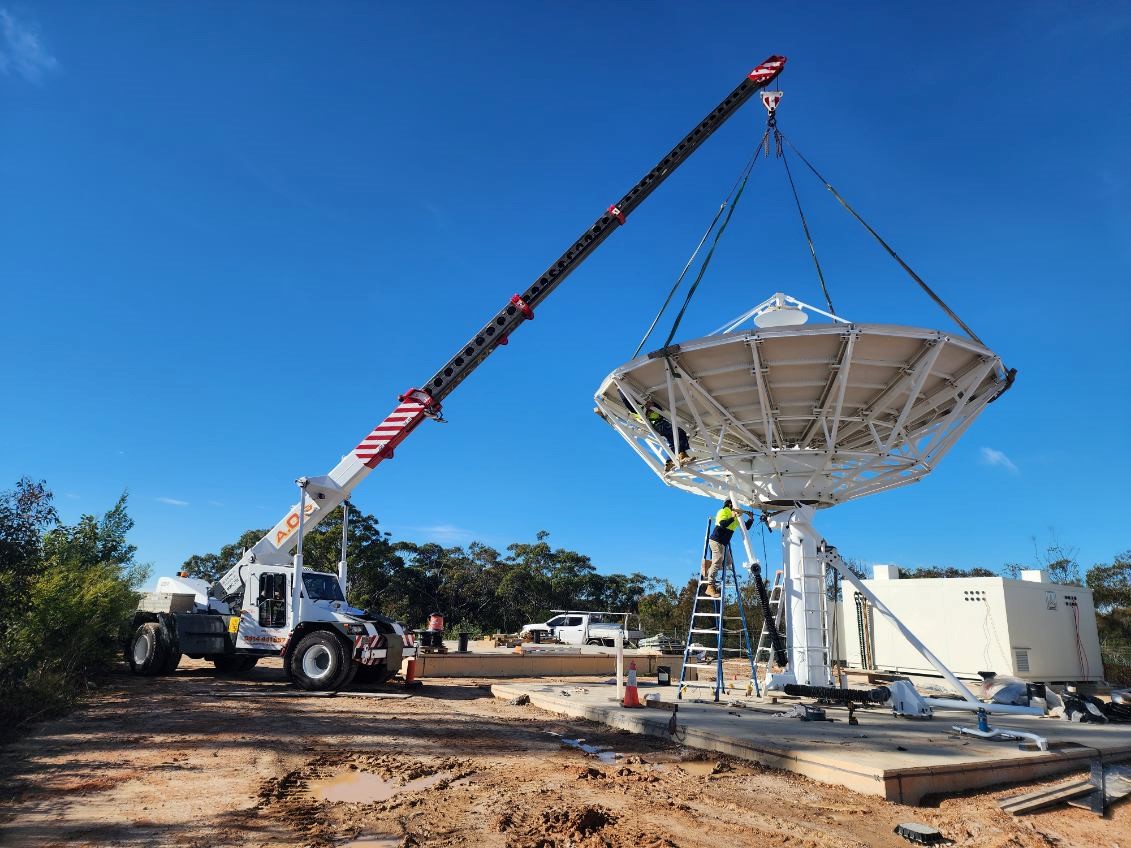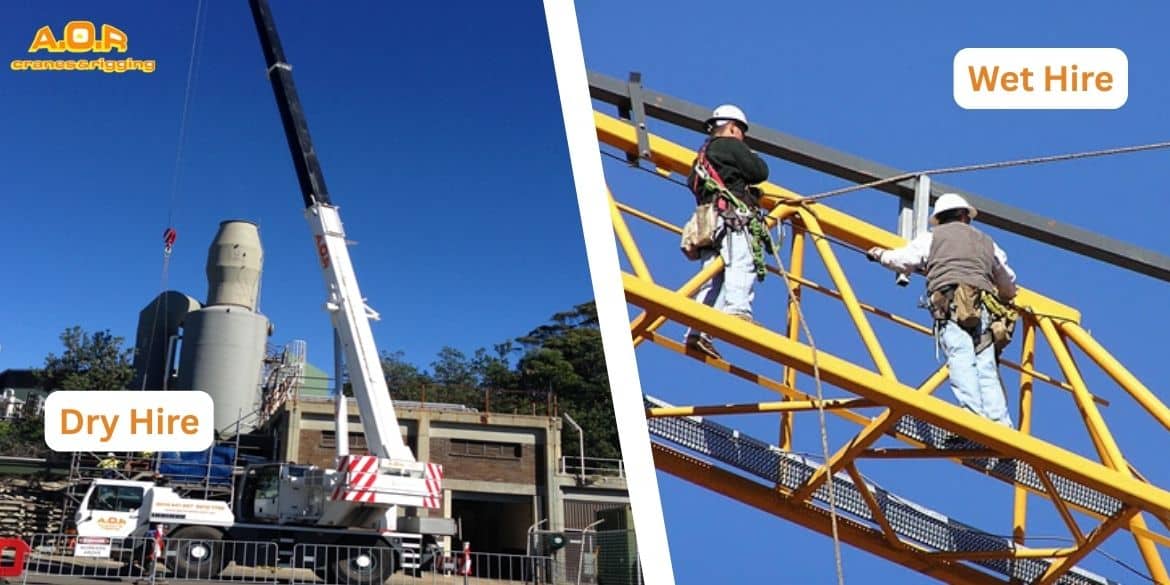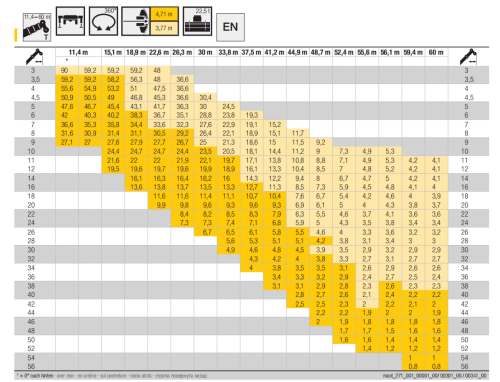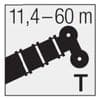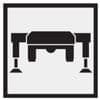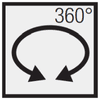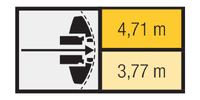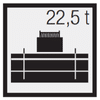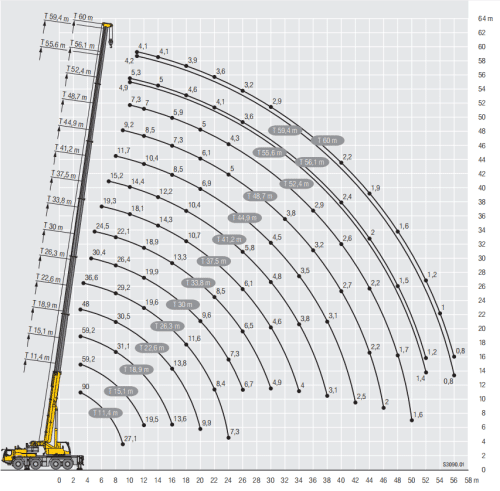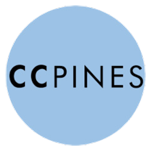If you’ve ever planned a crane lift on a construction site in Sydney or anywhere across NSW, you’ve likely faced a critical question: “Do we need more boom or more capacity?”
The two often sound like they go together, but they’re usually at odds. In crane operations, increasing boom length can dramatically reduce how much weight a crane can safely lift. That’s not just a technicality, it’s a safety issue governed by Australian Standard AS 2550 and enforced under WHS regulations.
Understanding the Inverse Relationship
Let’s start with a simple principle: The further the load is from the crane’s center, the less it can lift.
Cranes operate on the concept of load moment, which is the turning force created by the load as it moves away from the crane’s base. The formula looks like this:
Load Moment = Load Weight × Load Radius
Where:
- Load Radius = horizontal distance from crane center to the load
- Load Moment must stay within the crane’s structural and stability limits
So, when you extend the boom (increasing the radius), the same load suddenly generates more force, pushing the crane closer to its tipping or structural limit.
Think of a fishing rod. The further out you hold the rod, the heavier the fish feels. Same idea, except with cranes, getting this wrong can topple hundreds of tons of steel.
How Boom Angle and Length Affect Load Capacity
As the boom length increases, the angle of the boom often decreases to reach the same spot horizontally. This increases the load radius, even if the boom itself hasn’t changed position drastically.
Take this example: When a crane has a 30 m boom, the load radius (horizontal reach) changes depending on the boom angle:
- At 80°:
Load Radius = 30 × cos(80°) ≈ 5.2m
(Crane can lift ~28T) - At 45°:
Load Radius = 30 × cos(45°) ≈ 21.2m
(Crane can lift ~6T)
As the boom lowers (angle decreases), the radius increases. Because cranes have a fixed moment limit (Load × Radius), a longer radius means they must lift less weight to stay safe and stable.
This is why boom angle directly affects lifting capacity and why you must check load charts at your exact lift angle and radius. If your site conditions demand a flatter boom angle, you’ll need to reduce the load weight or use a stronger crane than initially anticipated.
Why Getting Bigger Crane Isn’t Always Better
There’s a tendency among people to “just get the big one”, thinking it’s safer or more versatile. But choosing a crane with the longest boom can backfire.
Here’s why:
- Longer booms reduce lifting capacity at wider radii.
- Setup and mobilization take more time and may require permits or escort vehicles.
- Larger cranes demand more site space for outriggers and swing clearance.
- Bigger cranes often exceed what’s needed for the actual load weight, wasting money.
For example, a 130-tonne all-terrain crane might only lift 8 tons at a 28-metre radius with a 60-metre boom. Meanwhile, a smaller 60-ton crane may safely lift 12 tons at the same distance with a shorter boom at a steeper angle.
The lesson is clear: don’t select cranes by capacity rating alone. The load chart and the boom configuration matter just as much.
When to Prioritize Boom Length Over Load Capacity
Sometimes, you don’t have a choice. Here are common site scenarios where boom length becomes more important than lifting power:
- Lifting equipment over tall buildings or structures
- Working around permanent obstructions like trees or overhead utilities
- Reaching across inaccessible zones or protected areas
- Installing mechanical units on rooftops or elevated platforms
In these situations, the crane must be positioned further from the load or reach higher than usual. That means selecting a crane with sufficient boom length, even if it means compromising on lifting capacity. But even then, the load chart must be followed precisely to remain compliant under WHS law and AS 2550.
Comparison Table: Boom Length vs Max Load Capacity
This table helps readers quickly understand how different crane types perform in terms of boom length, load radius, and lifting capacity, critical factors when selecting the right crane for a job. It simplifies complex planning decisions by aligning crane specs with real-world site needs.
| Crane Type | Typical Boom Length (m) | Typical Load Radius (m) | Max Safe Capacity (tons) | Common Use Case |
| Mobile Crane | 25-35 | 5-10 | 20-40 | General lifting on commercial sites |
| All-Terrain Crane | 40-70 | 10-30 | 15-100 | Versatile for varied site access and reach |
| Crawler Crane | 50-100+ | 20-40+ | 30-150+ | Infrastructure projects, long-term lifts |
| Pick & Carry (Franna) | 10-20 | 3-6 | 10-25 | Material transport around site, short lifts |
| City Crane | 20-35 | 6-12 | 5-10 | Urban sites with tight access |
| Tower Crane | 50-80 (horizontal jib) | 30-60 (radius) | 2-25 (varies by radius) | High-rise construction, multi-story buildings |
| Lattice Boom Crawler | 70-120+ | 30-50+ | 50-300+ | Heavy lifts, wind farms, major infrastructure |
These are indicative figures based on typical crane performance. Actual capacity depends on make and model, rigging setup, and counterweight configuration. This table helps visualize how dramatically capacity falls as boom length and radius increase.
Boom Length vs Capacity vs Common Project Type
Not all cranes are created equal, some are built for reach, others for heavy lifting, and some for mobility. As a contractor or site manager, understanding how boom length, load radius, and safe lifting capacity vary across crane types is essential for choosing the right machine for the job.
The table below offers a general comparison of commonly used crane types based on typical specifications and real-world performance.
| Project Type | Load Range | Reach Needed | Recommended Crane | Boom Length |
| Tilt-up panel erection | 5-12T | Medium | 60T Mobile | 30 – 40m |
| Rooftop HVAC lift | 1-3T | High | 130T All-Terrain | 50 – 60m |
| Precast wall install | 10-20T | Medium-High | 100T AT / Crawler | 40 – 60m |
| Wind turbine install | 5-10T | Very High | Lattice Crawler | 60m+ |
Technology That Helps
Modern lifting operations benefit from tools that take the guesswork out of boom length and load capacity planning. Common tools used in the Australian crane industry include:
- Manufacturer load chart software
- 3D lift simulation to model crane position, radius, and swing zones
- Real-time wind monitoring to ensure safe operation under dynamic conditions
- Digital Safe Work Method Statements (SWMS) that automatically flag non-compliance
- Crane supplier consultations to generate lift plans reviewed by qualified engineers
Using these tools isn’t just a best practice, it’s often a requirement under WHS law, especially on high-risk or high-value job sites.
Conclusion
Choosing the right crane for your project is about far more than lifting capacity. The real variables to consider are boom length, load radius, and site constraints. A longer boom might allow you to reach higher, but it may also force you to reduce your load size—often significantly.
The smart move is to plan early, use tools and charts, and work closely with your crane hire experts. With the right boom-to-load match, your lift will be safer, faster, and more efficient from the ground up.
If you’re planning your next lift, AOR Cranes provides comprehensive crane hire services across Sydney NSW, including expert lift planning, certified equipment, and WHS-compliant documentation tailored to your project needs
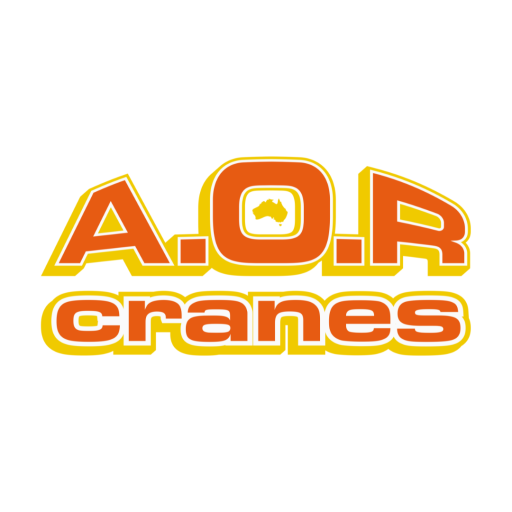
AOR Cranes is dedicated to delivering top-notch crane hire services with safety, reliability, and expertise at the core. With over 30 years of experience, we handle every project with care and expertise to meet your needs.




